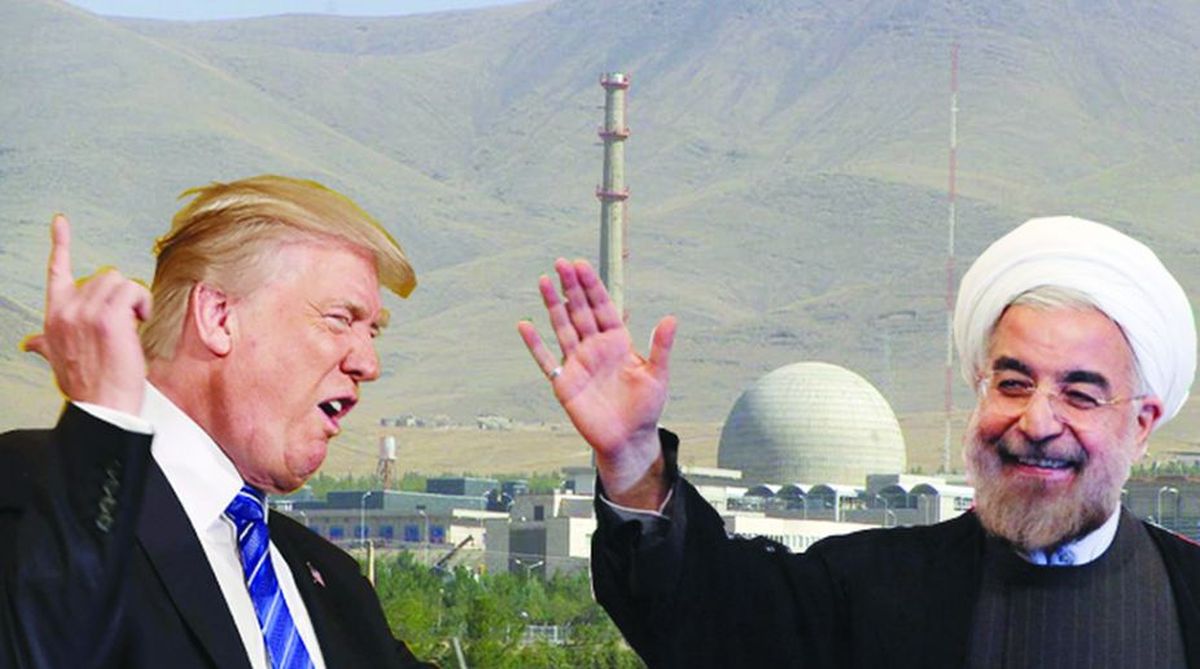Elon Musk calls for peace in cryptic post amid Iran-Israel war
His comments come amid recent attacks on Israel by Iran, reportedly in retaliation to the attack on their embassy.

US President Donald Trump and Iranian President Hassan Rouhani.
It is Donald Trump’s renewed economic reprisal against Hassan Rouhani’s swift rejection of his offer to negotiate after the US binned the nuclear deal concluded by Barack Obama.
In effect, the Iranian President had underscored the glaring contradiction in terms; more recently he has rejected the talks offer as”psychological warfare”, making it explicit that”negotiations with sanctions doesn’t make sense”.
As opposed to the Obama agenda as he is to a nuclear Iran, Mr Trump’s America has failed to counter the contention of the West that Iran has complied with the terms of the agreement, hailed as the”triumph of diplomacy”.
Advertisement
The US President’s aversion to the deal, signed in 2015, is embedded in his inbuilt hostility to any achievement that is associated with Obama’s presidency and also, of course, the hawkishness of the present White House cabal.
The tangled skein of the US-Iranian crisis now exacerbates with Tuesday’s reimposition of blanket sanctions that will ratchet up the pressure on Tehran.
The fresh tranche of economic curbs will be reinforced in November with banking and oil restrictions. Though sanctions have rarely brought the regime to its knees, the economic consequences are bound to be considerable not the least because Mr Trump has warned other countries against doing business with Iran.
Is he intent on setting the terms of international trade? Circumstances have changed dramatically over the past three years. Iran is a stronger force in the region, yet the moderate President Rouhani has lost credibility at home because the deal is virtually in tatters.
Though the US administration denies that its actual objective is to bring about a regime change, both its comments and actions signal a very different message. Suffice it to register that Trump’s implicit objective is to ensure the economic isolation of Iran.
The latest cache of sanctions are aimed at blocking access to US bank notes and key industries, notably cars and carpets. Though the economic crisis has deepened, immediate turmoil is unlikely, however.
Fortunately, markets in Iran are relatively buoyant. The rial has strengthened by 20 per cent since Sunday after the government relaxed foreign exchange rules and permitted unlimited and tax-free gold and currency imports. For all that, its value has halved since April.
The next tranche, scheduled to be imposed by the US on 5 November, could be far more damaging as it will be designed to scuttle Iran’s oil trade, indeed its chief source of revenue.
The crisis is daunting as the Iranian regime is guilty of grotesque human rights abuses at home, not to forget its support to the repressive regime of Bashar al-Assad in Syria. Sanctions have intensified the misery.
There has been a ballooning inflation in the prices of essential goods, including medicines. The envisaged economic dividend from the deal with the US has not materialised.
Advertisement